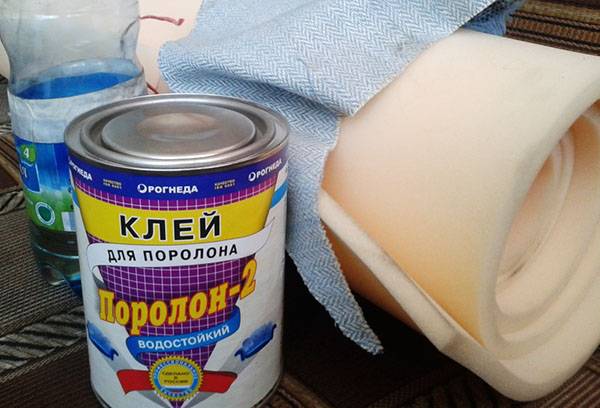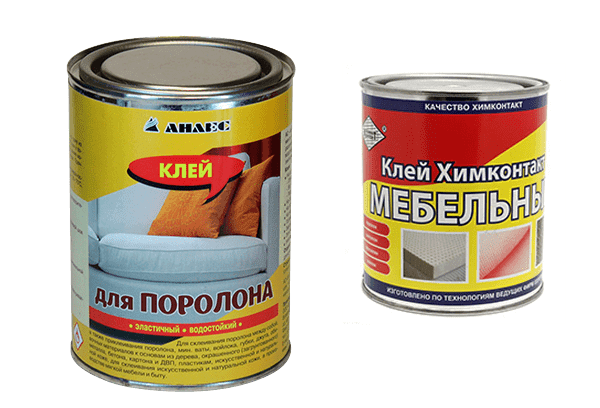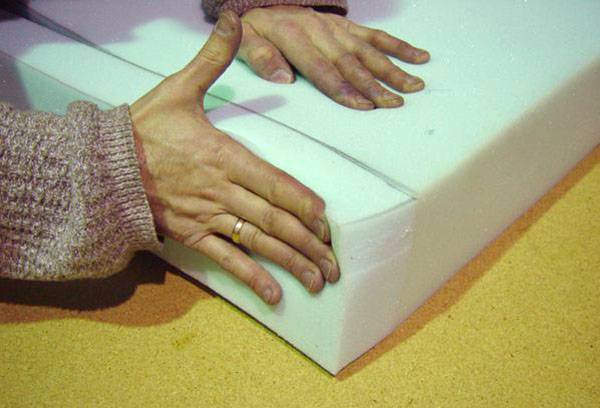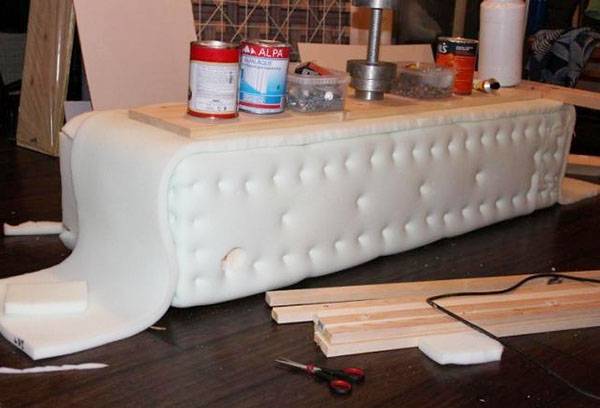Types of glue for foam rubber and rules for its use
Foam rubber is a popular finishing material in demand in many industries. It is used in the manufacture of upholstered furniture and packaging, for insulation and soundproofing of rooms, and in the finishing of automobile interiors. The porous structure of this material creates some difficulties during gluing, which can be avoided if you use specialized glue for foam rubber and strictly follow the sequence of work.
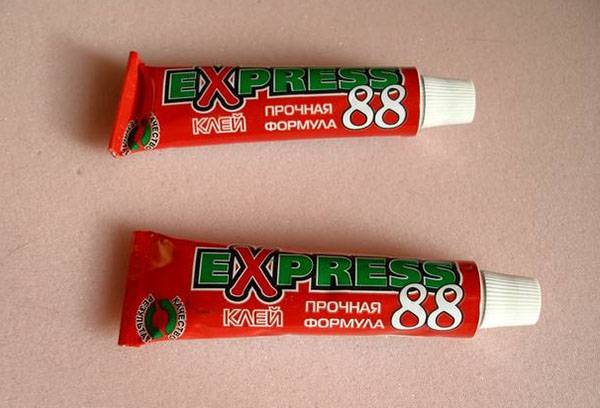
Composition of adhesive
Regardless of the nature of the work, be it gluing sheets of foam rubber together or gluing them to wood, plywood, plastic, metal, the adhesive must provide a reliable, long-lasting connection.
Contact adhesives containing synthetic rubber and solvent have been specially developed for cellular polyurethane foam. Products with a neoprene, polyurethane or butadiene styrene base are optimal for working with this material. Many manufacturers add components to their products that increase adhesion and improve other properties of the adhesive.
In addition, foam glue can be water-based. This composition is safe, odorless and does not emit toxic elements, since it does not contain volatile substances in the form of a solvent, therefore it is often used in the manufacture of furniture. It can be one-component or two-component, and is highly economical.
Glue requirements
When answering the question of how to glue foam rubber, professionals say that the adhesive should not contain toluene or its analogues. This toxic substance, successfully used in the manufacture of other adhesives, is absolutely not suitable for gluing porous polyurethane foam.
But besides safety, there are other requirements for foam glue.
- When choosing glue, you need to pay attention to its consistency. The adhesive should be thick and viscous. Very liquid glue will quickly absorb into the porous surface and will not be able to create a strong connection.
- The time interval between applying the glue to the surface and the beginning of gluing of the coatings (gumming time) must be at least two minutes. This is very important when connecting surfaces with large areas.
- The color of the composition is important. It is better if it does not differ much from the color of cellular polyurethane foam, then the seam will be neat and almost invisible.
- For gluing large surfaces, it is more convenient to use a spray. The aerosol is easily sprayed over the surface, allowing you to deliver the product to the most inaccessible places. The structure of the spray is selected in such a way that the adhesive does not penetrate deep into the pores of the material, but remains on its surface, forming a thin film. Usually a standard cylinder is enough for 5 square meters. m of surface.
- When deciding what kind of glue to glue foam rubber with, you need to inquire about the percentage of dry residue. The higher the percentage, the less shrinkage of the glue and the better all other characteristics. In two-component polyurethane compositions, the dry solids content is 100%, so such adhesives are ideal for gluing cellular material.
Release forms and brands
There are several compositions that allow you to create a strong and durable connection of foam rubber sheets with each other or with any other material. The most popular and sought after buyers are the following.
- "Rapid 100". The Rapid-100 adhesive does not contain flammable solvents, therefore it does not ignite and does not emit toxic substances. Allows you to create an elastic seam that is very tear-resistant. Used in the furniture industry to connect pieces of foam rubber together.
- «88». Adhesive for foam rubber “88” is easy to use, as it is sold ready-made. Provides a reliable elastic connection that is resistant to low temperatures. It is used for making furniture and in other works when it is necessary to glue large pieces together or connect foam rubber and fabric.
- Olimpur. Olimpur aerosol adhesive is water-based. The composition does not emit an unpleasant odor and sets quickly. Using this product, you can glue foam rubber to plywood, drywall or plastered surfaces.
- Saba. This brand of glue is available in cylinders; to use it you need to purchase a special gun. The composition is resistant to high temperatures, a long hardening period, and high adhesion.
- "Porolon-2". A very popular furniture adhesive that allows you to glue pieces of polyurethane foam both to each other and to other materials, in particular wood, plastic, metal, fabric, leather. The adhesive composition is based on synthetic rubber.
Self-adhesive foam rubber is used in the production of hats and interior items. It is a tape, one side of which is covered with an adhesive composition.
How to use glue?
When gluing foam rubber, the adhesive is applied to both surfaces using a brush, roller or a special glue gun. In the latter case, glue consumption is significantly reduced and amounts to only 70 g per square meter.
Important!
Gluing of foam rubber should be carried out at an air temperature of at least 15°C, and the surfaces must first be cleaned of grease and dirt.
The manufacturer includes instructions for each glue, which indicate the features of using a particular composition. But basically the rules for working with foam glue are the same.
- After cleaning the surfaces to be glued from dust and small debris, apply foam glue to them so that a film 3-5 mm thick is formed.
- Leave to dry for 10 minutes.
- Apply the second layer and wait 3 minutes, after which the surfaces are connected and pressed against each other.
When working with “88” or “BF-6”, the surfaces of the materials are moistened with water before applying the first adhesive layer.
How to glue foam rubber to plywood with your own hands?
To glue cellular polyurethane foam to wood or plywood, it is better to use a glue gun, which will allow you to carefully and economically spray the composition in those places where it is necessary.
The first step is to cut out the parts and fill the gun. Glue is applied to the surface of both foam rubber and plywood. Wait the time specified in the instructions, connect the parts and squeeze tightly together. If necessary, the future product can be placed under a press. If all steps are performed correctly, you will get a strong elastic seam.
Important!
Avoid contact of glue particles with mucous membranes and respiratory organs, and do not work near an open flame source.
The latest technologies make it possible to produce highly effective adhesives that make it possible to create reliable and durable adhesion of foam rubber to various materials. The main thing is to listen to the advice of experts and choose high-quality glue.
